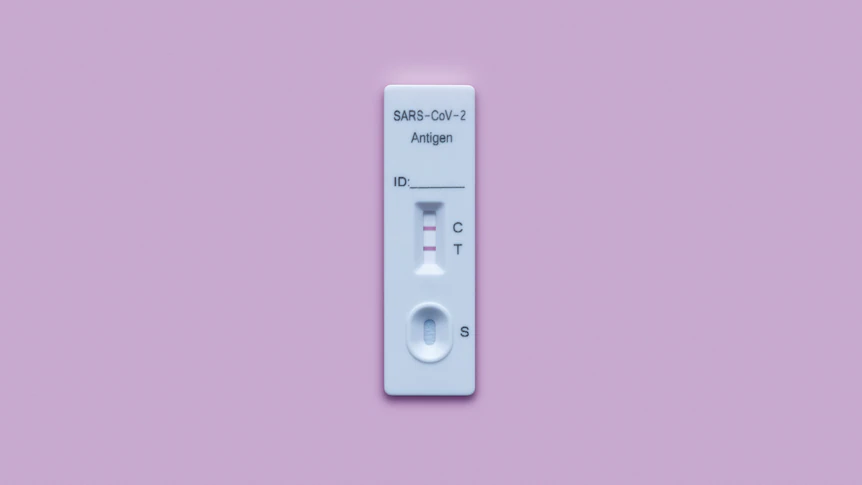Rapid antigen tests, better known as RATs, have become an important tool in Australia’s arsenal against COVID-19.
While PCR tests are still available — and remain the “gold standard” for testing — many of us have turned to rapid tests out of convenience or as part of a requirement to return to work or school.
RATs can provide results within minutes, don’t require a healthcare worker or lab to process, and help to catch COVID-19 cases that otherwise would have gone undetected.
But they also have their limitations: they’re less accurate, cost money (unlike PCRs, which are free), and can provide false negative or false positive results.
So, the next time you reach for a RAT, here are a few things to keep in mind.
When do rapid antigen tests work best?
Rapid antigen tests are designed to detect antigens found on the surface of the virus (PCR tests, on the other hand, look for the presence of viral genetic material).
They’re most accurate when people have symptoms, and are generally best used within the first seven days from when symptoms appear.
“If people are symptomatic, they often have more virus present in their nose or mouth … and so rapid tests perform better,” said infectious diseases physician and microbiologist Paul Griffin.
Dr Griffin said RATs were most effective at picking up the disease when people were in their infectious phase — when they are more likely to be shedding the virus — which is why they can be a useful screening tool.
But he said testing negative on a RAT wasn’t a guarantee you couldn’t spread COVID-19, though “the probability of being able to transmit it is certainly lower.”

